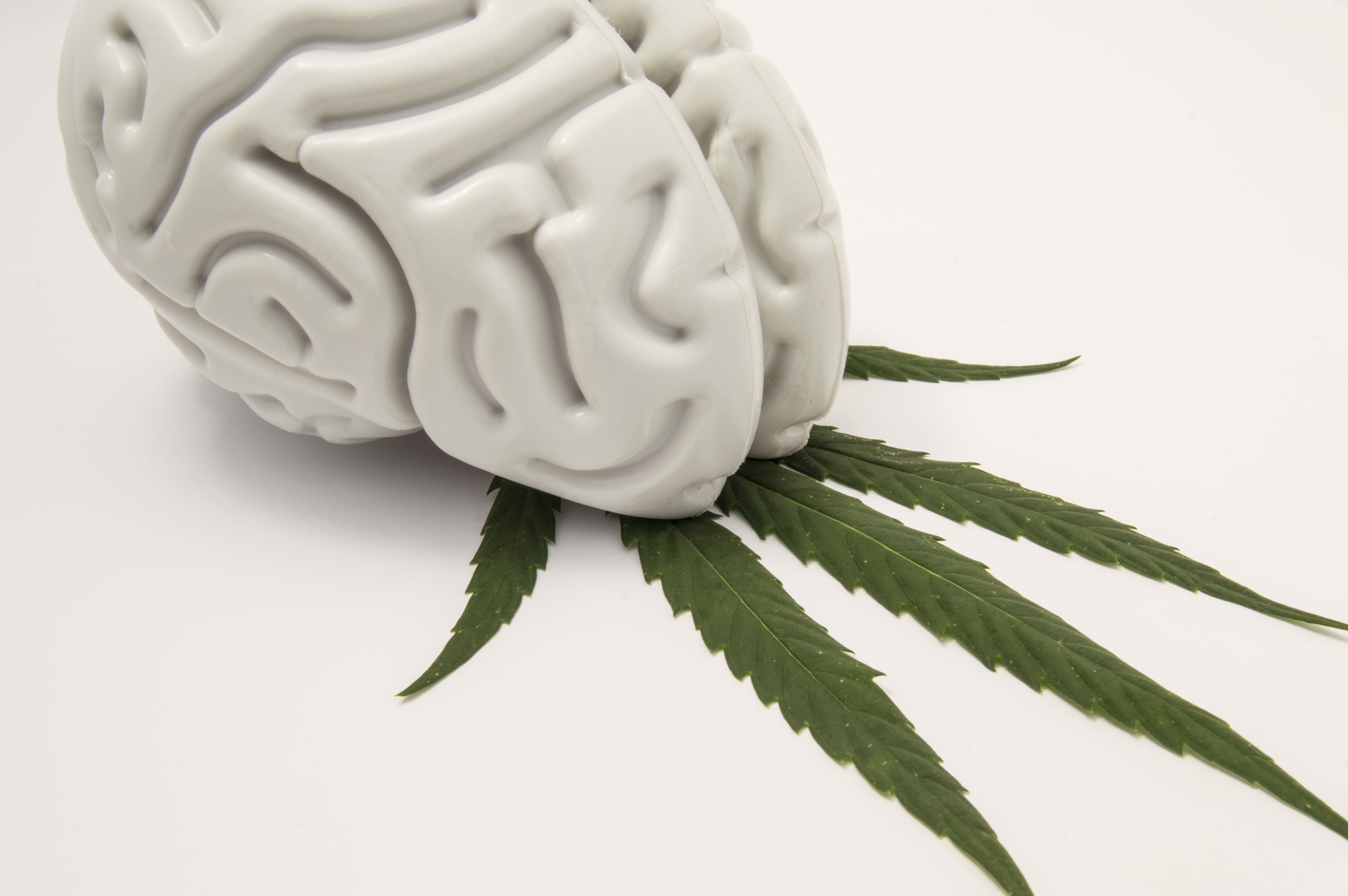Article
Is Cannabis Use Increasing Schizophrenia?
Author(s):
Is cannabis’ effect on schizophrenia being downplayed?
shidlovski/AdobeStock

COMMENTARY
The juxtaposition of 2 recent research reports should give us pause for concern. In September, the National Institute on Drug Abuse reported that cannabis use among college students reached 44% in 2020, a significant increase from 38% in 2015 and at its highest level since the 1980s.1 The cannabis currently available is more potent than that used in the past. This follows a July report from researchers in Denmark who claim that the increasing use of cannabis is a likely cause of increasing incidence of schizophrenia noted in that country over the past 2 decades.2 An increasing incidence of schizophrenia, or psychosis in general, has also been reported in England, Switzerland, and Canada, especially among young people.3-5 Since 19 US states have already legalized the recreational use of cannabis and other states are considering doing so, a possible relationship between cannabis use and increasing schizophrenia is potentially very important and needs to be confirmed.
The National Institute of Mental Health (NIMH) website describes itself as “the lead federal agency for research on mental disorders.” Schizophrenia is generally considered to be the most disabling mental disorder and in 2013 was estimated to cost the US $155.7 billion annually.6 One would therefore expect NIMH to have accurate information on the incidence and prevalence of schizophrenia and some idea whether they are increasing, decreasing, or constant over time. However, when a health reporter asked NIMH for its reaction to the report on cannabis and schizophrenia from Denmark, a NIMH spokesperson had little to offer other than to say that “it’s hard to obtain accurate estimates of the prevalence of schizophrenia because diagnosis is complex and it overlaps with other disorders.”7
In fact, NIMH says that it does not know the prevalence of schizophrenia in the US other than within broad limits.8,9 For the last 4 years, the NIMH website has combined schizophrenia with other “related psychotic disorders” and claimed that together, their prevalence is “between 0.25% and 0.64%” of the population, which translates to between 772,000 and 2.0 million individuals. For every other mental disorder, except schizophrenia, NIMH provides a precise prevalence number.
Part of the problem is that NIMH has not undertaken a serious study of the incidence or prevalence of schizophrenia or other major mental illnesses in 40 years. At that time, it reported the 1-year prevalence of schizophrenia among adults in the US to be 1.1%, equivalent to 2.6 million adults based on 2010 census data.10 NIMH used that percentage as its official estimate for the prevalence of schizophrenia until 2017. At that time, for reasons it has yet to explain, NIMH declared that the true prevalence of adult schizophrenia was really only 0.3%, or 704,000 individuals. As justification for this new number, NIMH cited a study from 2005that only counted people with schizophrenia who were living at home (including college students); those residing elsewhere—including hospitals, group homes, jails, prisons, and on the street—were not included.11 Since NIMH had effectively made 2 million people with schizophrenia disappear without justification, the number was publicly ridiculed.12,13 NIMH’s response was to acknowledge that it really does not know the prevalence and to offer the range of numbers cited above.8,9
In order to ascertain whether any disease is increasing or decreasing over time, one needs a reliable baseline number as well as repeated surveys. Since NIMH has never repeated the prevalence survey for the 40-year-old study or established another reliable baseline number, it has no way to tell whether schizophrenia is increasing or decreasing. In fact, since the 1990s, there are suggestions that it may be increasing. The number of seriously mentally ill individuals who are homeless or incarcerated has appeared to increase in recent years, and schizophrenia is a significant part of that population. Schizophrenia is a major, and apparently increasing, contributor to the cost of the Medicaid and Medicare programs. And the “mental disorders” diagnostic category has been 1 of the fastest-growing parts of the Supplemental Security Income and Social Security Disability Income programs.14
It is an embarrassment to American medicine that NIMH has so little to contribute on such an important question. At a minimum, NIMH should issue a request for proposals to try and confirm the Danish study in another country which has appropriate data so that we will have a definitive answer to this question.
Dr Torrey is the founder of the Treatment Advocacy Center and the author of American Psychosis: How the Federal Government Destroyed the Mental Illness Treatment System.
References
1. Marijuana use at historic high among college-aged adults in 2020. National Institute on Drug Abuse. September 8, 2021. Accessed December 22, 2021. https://www.drugabuse.gov/news-events/news-releases/2021/09/marijuana-use-at-historic-high-among-college-aged-adults-in-2020
2. Hjorthøj C, Posselt CM, Nordentoft M. Development over time of the population-attributable risk fraction for cannabis use disorder in schizophrenia in Denmark. JAMA Psychiatry. 2021;78(9):1013-1019.
3. Boydell J, Van Os J, Lambri M, et al. Incidence of schizophrenia in southeast London between 1965 and 1997. Br J Psychiatry. 2003;182:45-49.
4. Ajdacic-Gross V, Lauber C, Warnke I, et al. Changing incidence of psychotic disorders among the young in Zurich. Schizophr Res. 2007;95(1-3):9-18.
5. Bray I, Waraich P, Jones W, et al. Increase in schizophrenia incidence rates: findings in a Canadian cohort born 1975-1985. Soc Psychiatry Psychiatr Epidemiol. 2006;41:611-618.
6. Cloutier M, Aigbogun MS, Guren A, et al. The economic burden of schizophrenia in the United States in 2013. J Clin Psychiatry. 2016;77:764-771.
7. Hunt K. Schizophrenia linked to marijuana use disorder is on the rise, study finds. CNN Health. July 22, 2021. Accessed December 22, 2021. https://www.cnn.com/2021/07/22/health/marijuana-schizophrenia-study-wellness/index.html
8. Gordon JA. On the prevalence of schizophrenia-and transforming care through research. Psychiatric Times. March 14, 2018. https://www.psychiatrictimes.com/view/prevalence-schizophrenia-and-transforming-care-through-research
9. Gordon JA. Letter to Senator Bernard Sanders. February 6, 2019.
10. Regier DA, Narrow WE, Rae ES, et al. The de-facto US mental and addictive disorder system. Epidemiologic Catchement Area retrospective 1-year prevalence rates of disorders and services. Arch Gen Psychiatry. 1993;50(2):85-94.
11. Kessler RC, Birnbum H, Demler O, et al. The prevalence and correlates of nonaffective psychosis in the National Co-Morbidity Survey Replication (NCS-R). Biol Psychiatry. 2005;58(8):668-676.
12. Torrey EF, Sinclair E. Hocus pocus: how the NIMH made 2 million people with schizophrenia disappear. Psychiatric Times. March 14, 2018. https://www.psychiatrictimes.com/view/hocus-pocus-how-nimh-made-2-million-people-schizophrenia-disappear
13. Torrey EF, Simmons W. Where did the schizophrenics go? The Wall Street Journal. March 26, 2019. Accessed December 22, 2021. https://www.wsj.com/articles/where-did-the-schizophrenics-go-11553640973
14. Torrey EF. Severe psychiatric disorders appear to be increasing. Psychiatric Times. April 1, 2002. https://www.psychiatrictimes.com/view/severe-psychiatric-disorders-may-be-increasing
Newsletter
Receive trusted psychiatric news, expert analysis, and clinical insights — subscribe today to support your practice and your patients.






